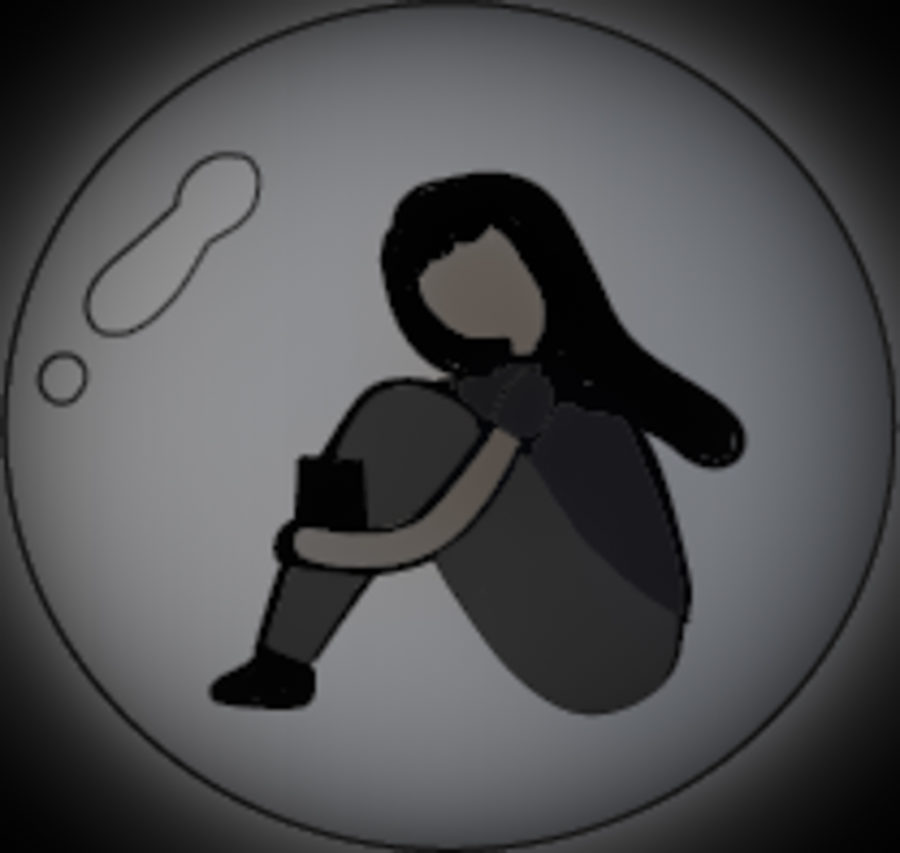COVID Kills Social Skills
February 7, 2022
March 13, 2020, marked the beginning of the end of humankind’s ability to communicate with others. Any chance we had of developing key social skills were abolished the second we started incorporating trending TikTok sounds into our vocabulary. While the pandemic may have heightened our need to be around our loved ones, interacting with people at a professional level seems more daunting than ever before.
Psychology teacher Jesse Dowell finds that many people struggle to engage in fluid conversations.“This generation is more used to asynchronous communication. Someone sends me a message, I can think about it a little bit and decide how I want to respond, versus in prior generations where it was more face to face or even on the phone talking.”
Lots of people today (especially teens) get anxiety over phone calls or engaging in small talk. Controlling the conversation over text is much easier than relying on your subpar social skills.
Maggie Boeschen ‘24 reflects on how asynchronous communication is easier than engaging in face-to-face conversation. “I feel like we’re on our phones a lot more because we feel more connected to people through our phones than in real life.”
Math teacher Tori Gidici agrees that COVID has allowed people to hide behind their screens even more, “Zoom became way more of a norm during covid – and now knowing that meetings and such other communications can still happen via zoom or electronically versus in person, people are wanting less and less face to face interaction.”
Through the chaos of quarantine, we could always rely on the internet to be there when everything else felt up in the air. While technology allowed us to stay in touch with others, now that we are back in person, students and teachers alike have found that phone dependencies have hindered productivity in the classroom.
“When the wifi is shut off no one can really function, it’s like ‘find the wifi as quick as possible.’ I think it’s a bad thing that we can do anything without our phones, and I don’t remember the last time that I didn’t have my phone right next to me.” Mila Felbapov ‘24 said.
Gidici has noticed this reliance in her own classroom. “Most students cannot go more than a minute without at least checking their phones briefly. Many students will even be on their phones while I’m talking to the class, or even talking directly to them.”
While many reminisce about the ‘good old days’ before COVID ruined all of our spring break plans, there are others who don’t know any different.
Today’s high schoolers were fortunate enough to have the normal elementary and middle school experience; classroom parties, field trips, and catching various diseases while snorkeling in the Summit pool. But younger kids missed these vital rites of passage moments and are now reeling from the effects of COVID.
According to National Geographic, “Another survey by Harvard’s Saul Zaentz Early Education Initiative’s Early Learning Study found that 61 percent of parents reported that their child’s social-emotional development had been negatively impacted by the pandemic.”
As we tried our best to flatten the curve of one pandemic, we subsequently created another that is sweeping across the nation; Anxiety. According to the National Institute of Mental Health, 1 out of 3 teenagers are affected by social anxiety, which they define as “an intense, persistent fear of being watched and judged by others. This fear can affect work, school, and other daily activities. It can even make it hard to make and keep friends.”
Teachers are finding that while many students are eager to be back in a normal classroom environment, there are some who are struggling to engage in group work or class discussions.
“The students who are already at some risk and may be prone to social anxiety, it (COVID) may have set them back even further,” Dowell said.
After googling “How to recover from COVID-19,” every article suggests something similar; exercise, drinking plenty of fluids, and rest. However, the key to restoring our emotional health is a bit more complicated. Everyone had their own low point in the pandemic; whether it was having to get tested, sneezing into your only mask, or spending ample amounts of time with family, it was hard to see the light at the end of the tunnel.




